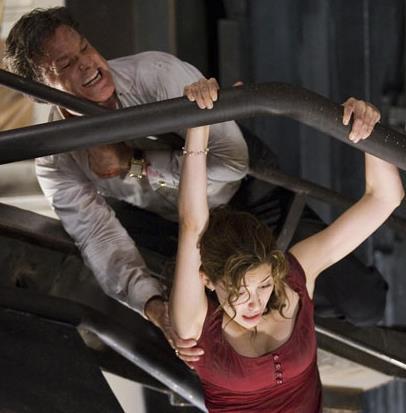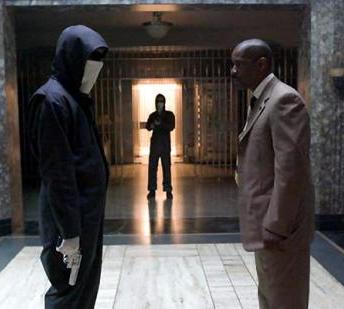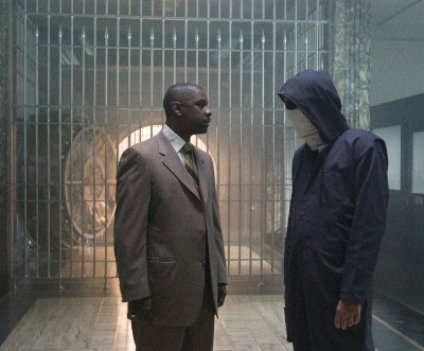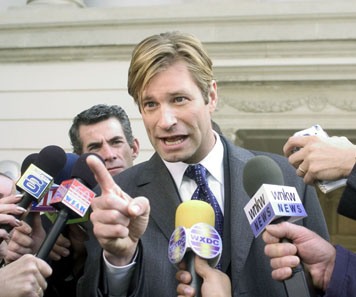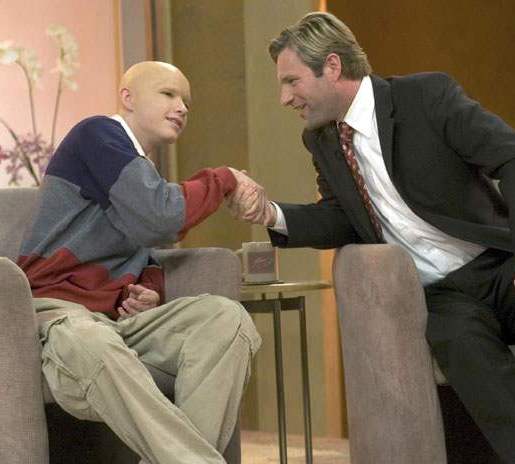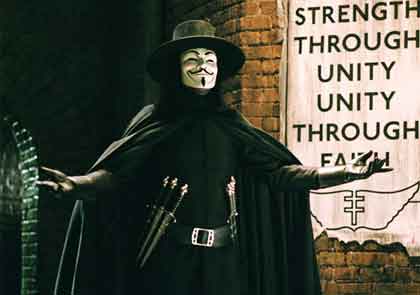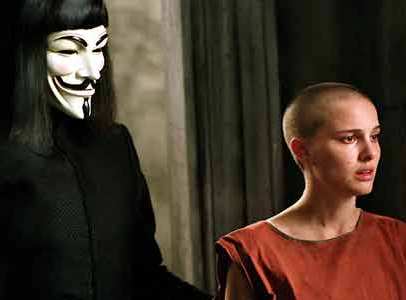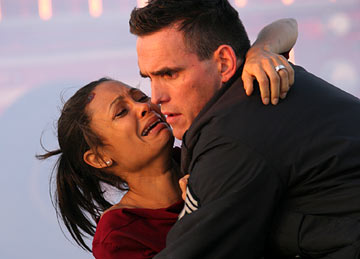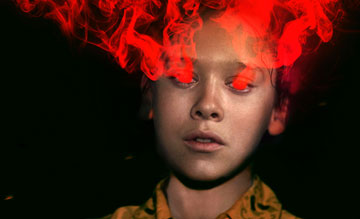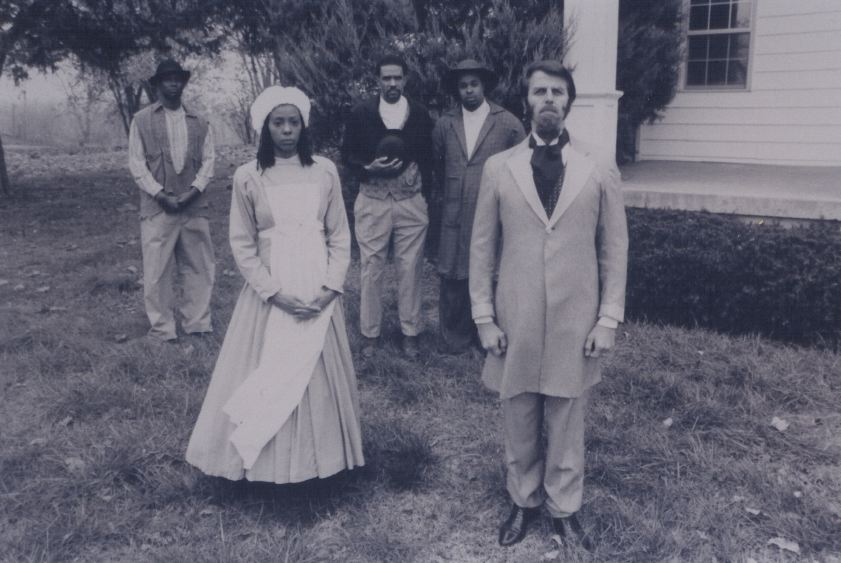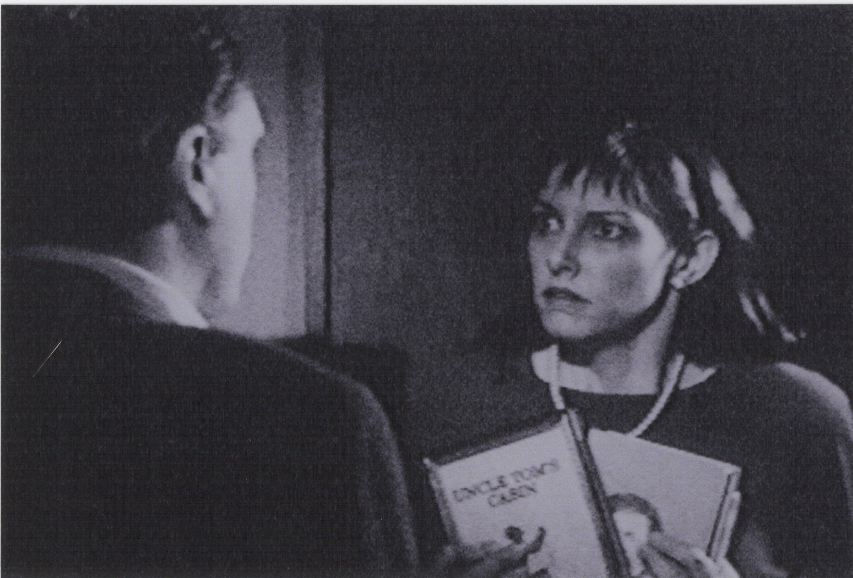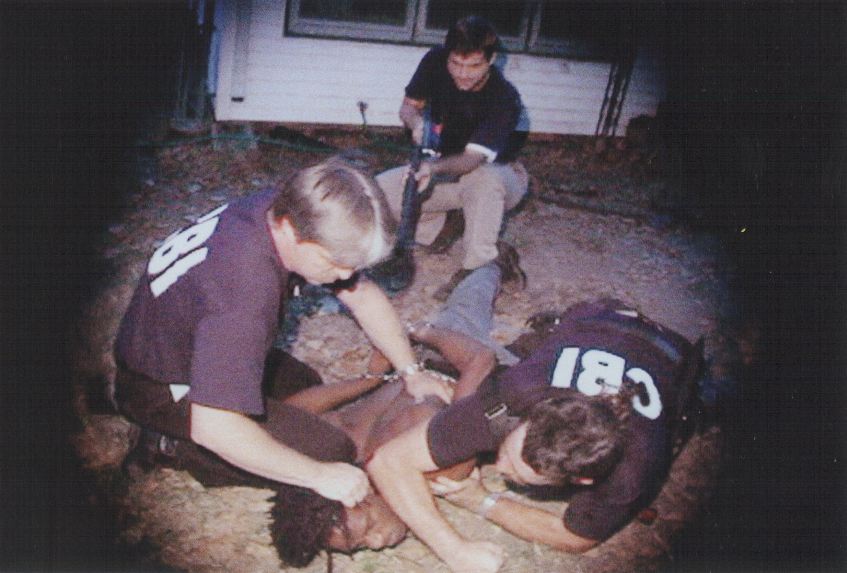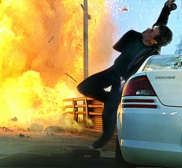 Perhaps it wasn’t the best nightcap to Poseidon — four and a half hours of crashes and explosions tend to run together after awhile — Still, J.J. Abrams’ loud, garish Mission: Impossible III, while assuredly better than John Woo’s miserable M:I:2, doesn’t to my mind improve on Brian De Palma’s slinky, Eurotrashy original. (And I’m by no means a De Palma fan, particular after megastinkers like Mission to Mars and Femme Fatale.) I guess if you’re a huge fan of Alias, this might be your cup of tea — the film definitely plays like every episode of that show I’ve ever seen, what with the in-media-res opener, the artfully named McGuffin, double-double-agents, kick-ass femmes, and the weird, off-putting emphasis on torture. (Ok, there may be dollops of Splinter Cell and The Vanishing somewhere in there too.) Still, I found M:I:3 basically a sleek, well-designed non-starter and, in a word, missable.
Perhaps it wasn’t the best nightcap to Poseidon — four and a half hours of crashes and explosions tend to run together after awhile — Still, J.J. Abrams’ loud, garish Mission: Impossible III, while assuredly better than John Woo’s miserable M:I:2, doesn’t to my mind improve on Brian De Palma’s slinky, Eurotrashy original. (And I’m by no means a De Palma fan, particular after megastinkers like Mission to Mars and Femme Fatale.) I guess if you’re a huge fan of Alias, this might be your cup of tea — the film definitely plays like every episode of that show I’ve ever seen, what with the in-media-res opener, the artfully named McGuffin, double-double-agents, kick-ass femmes, and the weird, off-putting emphasis on torture. (Ok, there may be dollops of Splinter Cell and The Vanishing somewhere in there too.) Still, I found M:I:3 basically a sleek, well-designed non-starter and, in a word, missable.
It probably didn’t help that the central conceit of M:I:3 involves superspy-turned-desk-jockey Ethan Hunt’s new paramour (Michelle Monaghan), since Tom Cruise’s real love life has become both so creepy and inescapable over the past year. But, here we are (after the flash-forward opener), attending the Hunts’ resolutely normal wedding shower somewhere in suburban Virginia, and once again watching Cruise do his “This woman drives me cRaZy!” schtick. (No couch-jumping, alas.) But, domestic bliss is soon interrupted by an urgent (if oblique) call from Hunt’s new boss (Billy Crudup), and, quicker than you can say “silent birth,” Ethan has gotten the band (Ving Rhames, Jonathan Rhys-Meyers, Maggie Q) back together again, who then venture off to deepest, darkest Berlin to save a compromised agent (Keri Russell) from, you guessed it, torture. There, he crosses swords with criminal mastermind Owen Davian (Philip Seymour Hoffman) — or at least his underlings — and the battle is joined, one that will eventually rage from the Vatican to Shanghai to the Chesapeake Bay Bridge (which in this universe seems to be about a 10-15 minute drive from DC.)
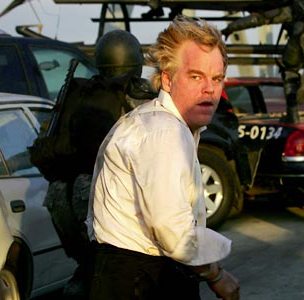 If this all sounds a bit campy, well, it is…or, at least, it is at times (such as when Cruise dons priestly vestments to infiltrate the Vatican), and probably should have been for its entire run. But Abrams, in keeping with his usual Marathon Man-ish predilections, has decided to give this film his own brutal gloss, and I for one found all the wallowing in harsh interrogation scenarios a bit much. (Well, at least for this franchise…frankly, Bond could probably use more of it, at least if the Daniel Craig run will verge closer to the books. But I digress.) When you get right down to it, torture scenes not only aren’t very entertaining (by design, I guess), they’re also very close to cheating — Of course we’re going to feel for Cruise and his new ladyfriend when they’ve been put in such a situation. In short, Abrams is substituting visceral reaction for good writing — as someone on Slate noted with 21 Grams back in the day, he might as well have the bad guy kick a puppy while he’s at it.
If this all sounds a bit campy, well, it is…or, at least, it is at times (such as when Cruise dons priestly vestments to infiltrate the Vatican), and probably should have been for its entire run. But Abrams, in keeping with his usual Marathon Man-ish predilections, has decided to give this film his own brutal gloss, and I for one found all the wallowing in harsh interrogation scenarios a bit much. (Well, at least for this franchise…frankly, Bond could probably use more of it, at least if the Daniel Craig run will verge closer to the books. But I digress.) When you get right down to it, torture scenes not only aren’t very entertaining (by design, I guess), they’re also very close to cheating — Of course we’re going to feel for Cruise and his new ladyfriend when they’ve been put in such a situation. In short, Abrams is substituting visceral reaction for good writing — as someone on Slate noted with 21 Grams back in the day, he might as well have the bad guy kick a puppy while he’s at it.
That being said, the bad guy here, scene-stealing support by Lawrence Fishburne and Shaun of the Dead‘s Simon Pegg notwithstanding, is the highlight of the film. A million years away from his recent turn as Capote (or his prior Cruise pairing in Magnolia…ok, he’s a bit like his character in The Talented Mr. Ripley), Hoffman underplays his soulless and sadistic arms dealer as a man thoroughly bored with his ubervillain station in life, and seems all the more plausible for being nondescript and banal.


